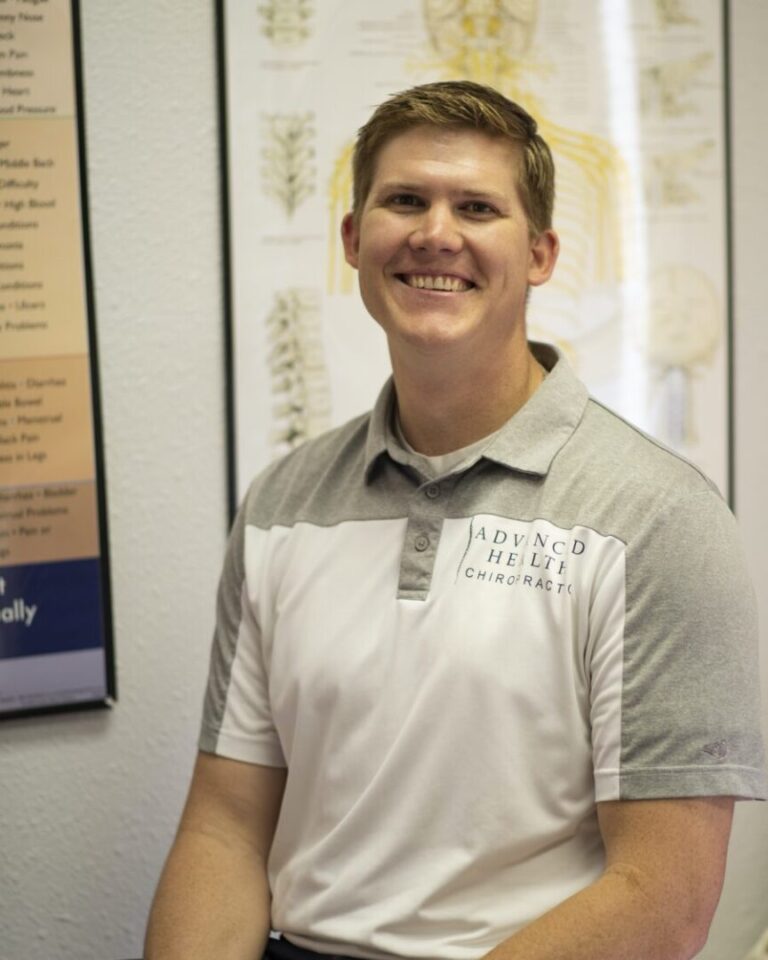Can Chiropractic care and Corrective Exercises reduce Upper Cross Syndrome?

In today’s fast-paced world, the prevalence of sedentary lifestyles, extended screen time, long study hours, and endless work demands has given rise to various musculoskeletal issues. One such concern is Upper Cross Syndrome (UCS), a condition that affects many individuals, leading to discomfort, pain, and reduced quality of life. Fortunately, chiropractic care coupled with specific corrective exercises can offer a comprehensive solution to alleviate the symptoms and even reverse the effects of Upper Cross Syndrome.
Understanding Upper Cross Syndrome
Upper Cross Syndrome, also known as UCS, is a postural imbalance that primarily affects the neck, shoulders, and upper back. It is characterized by a muscle imbalance between the muscles at the front and back of the upper body. The key players in this syndrome are the tight and overactive muscles, which include the pectoral muscles in the chest and the muscles at the back of the neck. Meanwhile, the weak and underactive muscles consist of the muscles in the front of the neck and the muscles between the shoulder blades.

This imbalance creates a “cross” pattern of overactive and underactive muscles, leading to a forward head posture, rounded shoulders, and a hunched upper back. Not only does this result in poor aesthetics, but it can also cause discomfort, pain, and even headaches due to the strain placed on the muscles, joints, and ligaments.
Role of Chiropractic Care
Chiropractic care focuses on restoring and maintaining proper spinal alignment, which can greatly benefit individuals suffering from Upper Cross Syndrome. Chiropractors are skilled professionals who employ manual adjustments to realign the spine, promoting optimal nerve function and overall body balance. In the case of UCS, chiropractors target the affected areas, relieving tension in the tight muscles and improving the function of weak muscles.
Chiropractic adjustments for UCS often involve spinal corrective techniques, most commonly known as an “adjustment,” to address misaligned vertebrae and release tension in the neck and shoulder muscles. This can help alleviate pain, improve posture, and restore proper movement patterns. Additionally, chiropractors may provide guidance on ergonomic adjustments to workstations and daily habits, helping prevent further strain and promoting better posture.
Secondary Conditions Resulting from UCS:
If left unaddressed, Upper Cross Syndrome can lead to several secondary conditions, including:

- Neck and Shoulder Pain: Muscle imbalances and poor posture can result in chronic neck and shoulder pain.
- Headaches: Forward head posture can strain neck muscles and contribute to tension headaches.
- Thoracic Outlet Syndrome: Compression of nerves and blood vessels between the collarbone and first rib can lead to symptoms like numbness and tingling in the arms.
- Temporomandibular Joint (TMJ) Dysfunction: Poor neck posture can contribute to jaw pain and TMJ issues.
- Impaired Breathing: Forward head posture can restrict the chest’s ability to expand fully, affecting breathing patterns.
Effective Exercises to Reverse Upper Cross Syndrome
In addition to chiropractic care, incorporating targeted exercises into your routine can significantly aid in reversing Upper Cross Syndrome. Here are three effective exercises that can help restore muscle balance and improve posture:
- Chin Tucks: Start by sitting or standing with a straight posture. Gently tuck your chin in towards your neck, as if you’re making a double chin. Hold the position for 5-10 seconds, then release. Repeat this exercise 10-15 times. Chin tucks strengthen the muscles at the front of your neck while lengthening the muscles at the back, helping to counteract the forward head posture associated with UCS.
- Scapular Squeezes: Begin by sitting or standing with a straight posture. Squeeze your shoulder blades together as if you’re trying to hold a pencil between them. Hold the squeeze for 5-10 seconds, then release. Repeat for 10-15 repetitions. Scapular squeezes target the muscles between your shoulder blades, promoting a more open chest and improved posture.
- Wall Angels: Stand with your back against a wall, your heels about 4-6 inches away from the wall. Keep your head, upper back, and glutes touching the wall. Bend your elbows to 90 degrees and raise your arms slowly, like making a snow angel, until your hands touch the wall overhead. Then, lower your arms back down. Perform 10-12 repetitions. Wall angels engage the muscles of the upper back and shoulders while stretching the chest muscles.
Incorporate these exercises into your daily routine, along with chiropractic care, to gradually reverse the effects of Upper Cross Syndrome and improve your overall posture and well-being.
Conclusion
Upper Cross Syndrome is a prevalent condition that can cause discomfort, pain, and hindered quality of life. However, by combining chiropractic care with proper corrective exercises, individuals can effectively address the muscle imbalances, restore proper posture, and alleviate the associated symptoms. Embracing these holistic approaches can pave the way for a healthier, pain-free future, allowing you to stand tall and live your life to the fullest.
Best Regards,


Dr. Brandon Pounds DC, CES, PES is the owner of Advanced Health Chiropractic. He is a board certified and licensed chiropractor in Texas. Click on the link to view his Curriculum Vitae
Send us a message!
Follow on Social
